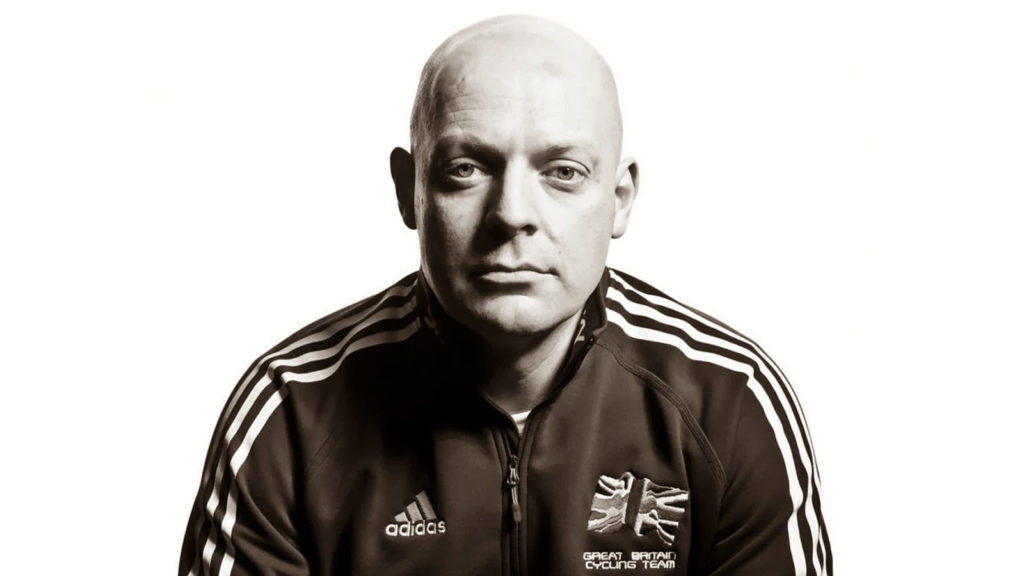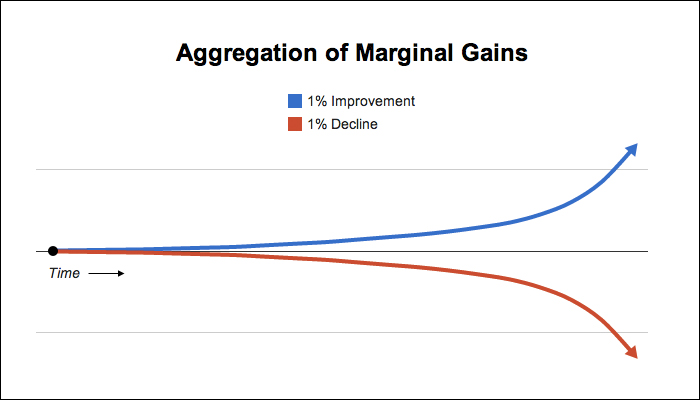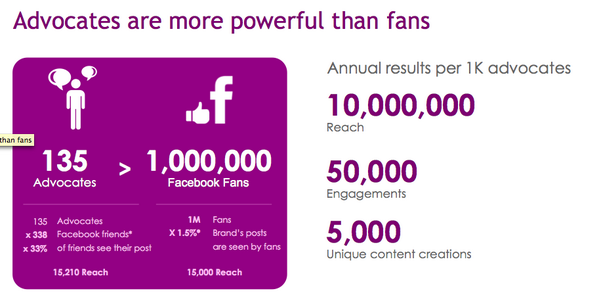Two weeks ago, I had the privilege of presenting to a room full of aspiring entrepreneurs and veteran small business owners at the 10th Annual Ohio Growth Summit. As always, it was a great event and I had the opportunity to trade ideas with some incredibly smart and talented people – both on the speaker and attendee sides.
The premise of my session, “Systems for Growth: Why Building Bridges Is Better Than Building Islands,” was that business owners today spend a lot of time spinning their wheels jumping from one tactic to the next. The result is a graveyard of incomplete business systems that don’t work to support one another. Worse, they often amount to a plethora of things owners can (and maybe should) be doing but don’t have the time to focus on.
Social media seems to be the primary distraction these days, but it is certainly not the only culprit.
So I zoomed out on the problem until I identified where business owners are wasting their time, and the four keys areas to focus on instead that will lead to dramatic improvements over time.
The Power of One Percent
As owners, we often want to experience massive gains right from the start. 479% growth quarter-over-quarter. A 204% increase in organic signups. A mention on Oprah that lead to 350,000 new customers and a billion dollars in revenue the next day.
All flashy numbers (and all fine goals to have), but a little unrealistic right out of the gate. It’s part of the reason so many startups fail in their first few years. The expectation of instant success outweighs the long-term potential of the business’s growth through small, incremental stages.

To prove this, I provided the example of Sir David Brailsford, performance director for Team Sky (England’s national cycling team). In 2009, when he took over the team, England had never won a Tour de France in the history of the race. By 2013, two British riders had won.
How did he do it?
Rather than making drastic improvements to the team’s speed or endurance (the obvious stuff), he focused instead on improving every single aspect of the team by just 1%.
This started with the obvious items like adjusting seat height, selecting the lightest wheels, optimizing the handlebar position and inflating tires to the correct pressure settings.
But he also made small improvements to things no one else was thinking about: the optimal foods each rider should consumer in the weeks leading up to the race, the best pillow each team member should bring on the road to maximize their sleep, and more.

Copyright JamesClear.com, adapted from The Slight Edge by Jeff Olson
Over time, these improvements build on one another. In 2009 when Sir Brailsford was asked how long he thought it would take to win the Tour de France, he answered “five years.” The first English rider won just 2.5 years later.
Back to the Matter at Hand: Your Business
At the conference, I challenged attendees to take the same approach: work to improve each of the following four business pillars by 1% over the next year. If you can focus on just one pillar per quarter, your businesses will see significant overall improvement.
1. Distribution
If a business is constructed in the woods and no one can find it, does it actually exist?
Distribution is the first of the four pillars. Without distribution – a way to get your product or service in front of the right people at the right time – your business doesn’t stand a chance.
(NOTE: If you plan on implementing these pillars in your business – and I suggest you do – commit to focusing on only Distribution for the next 90 days, then move to the next section.)
Identify
Do you know who your target audience is? I mean really know. The more specific you get, the easier it becomes to think like them, act like them, and spend time in the places they inhabit. When you understand what keeps them up at night, you are able to cater to those exact needs and deliver a solution they can’t say no to.
Expose
Once you know who you’re after, the goal is to expose as many of them as possible to your business.
Derek Halpern of SocialTriggers.com takes this approach with his website. Rather than writing hundreds of posts a month to draw in new audiences, he produces only two or three – then spends 80% of his time exposing them to new audiences through guest posts, interviews on other podcasts, strategic partnerships with other authors who have large existing audiences.
Expand
“The size of your network’s network is always larger than your network.”
Once people have been exposed to your business, it’s important to find ways to get them to share it with other potential customers. Look for ways to have them spread the message for you. We’ll explore this concept more in the Word of Mouth section below.
2. Delivery
By now, gobs of people now know who you are and what you do. Now it’s time to get your product in their hands. Here are three simple steps to reduce friction and optimize your delivery process.
Social Proof
Few tactics are as influential as social proof. It’s the reason websites like the Smart Passive Income blog promote both their volume and authority, and marketplaces like Amazon include reviews from strangers who have purchased the product you are currently considering.

Social proof at work: a screen shot of the pre-footer from Pat Flynn’s SmartPassiveIncome.com
Sales
If you’ve done the legwork to drive massive amounts of traffic to your business and backed up your product with social proof, closing the sale should be a much easier process. Even still, spend time refining your sales process to maximize the number of leads that convert.
Customer Service
Once customers or clients have been on-boarded, creating a customer service or relationship maintenance system is a way to ensure communication remains open and their experience with your brand (see below) is top notch.
3. Experience
What are some of your favorite brands? Who do you love buying from?
My guess is that whatever your answer, there is a deep-rooted emotional connection there; something that makes you extremely happy or nostalgic or proud or powerful. And those emotions were likely established through an incredible brand experience.
Remarkable
Who, in their right mind, would pay $10 for a pint of ice cream or $28 for a t-shirt?
Apparently LOTS of people, if you’re Columbus-based Jeni’s Ice Cream and apparel company Homage.
Both companies have products (Goat Cheese Ice Cream with Red Cherries) and experiences (a pack of vintage baseball cards with every order) so unique that their customers can’t help but tell their friends about them.
Indispensible
How critical is your product/service to the success, well-being, and/or happiness of the people who buy from you?
There is some research in the startup world that suggests if greater than 40% of your customers say they would be “very disappointed” if your product no longer existed, your product is indispensible. There are a variety of tools you can use to poll your customers, including some free online resources like Survey.io, Typeform, SurveyMonkey, and Yelp to gather their feedback.
“Stickiness”
Jerry Ross made a great point during his Ohio Growth Summit keynote:
A sale happens once, a relationship happens for a lifetime.”
Jerry Ross, Executive Director of The National Entrepreneur Center
Rather looking at each sale as a one-time transaction, think of ways to create an ongoing relationship with your customers so that they buy from you over and over again.
4. Retention
By now, you have reached the right people, you have delivered your indispensable product in a way that is both remarkable and sticky. Now, it is time to retain those customers and ensure they spread the word about your company (or blog or non-profit)
The good news is that if you’ve done a good job with the previous three pillars, much of this section will take care of itself. Here are a few ideas just in case.
Triggers
What is the first thing you do in the morning? Do you roll over, grab the smart phone off your nightstand, and open up your favorite app?
If so, you’re like the majority of Americans that have been programmed to take a specific action. When X happens, do Y. This is a trigger. It’s the same process that tells your brain to look for food when you’re hungry, open up Facebook at work when you’re bored, and call your best friend when you’re feeling down.
Now put yourself in your customers’ shoes. What event(s) – specifically painful ones – take place during their day that could serve as a trigger? The goal is to embed your brand in the minds of your customers, so that every time “Z” happens, they think of you as the solution.
Raving Fans
This graphic, put together by Social Chorus, is possibly my favorite social media statistic of 2014 because it proves what I’ve been preaching for the past few years: vanity metrics like fan and follower count (width) are less important than how engaged (depth) a small subset of that group is.

Yes, we want to expose our business to as many people as possible (see Pillar 1 above). But focusing on a smaller subset of your most passionate advocates will yield you as much exposure as promoting your brand to the masses through shotgun tactics.
I don’t know the key to success, but the key to failure is trying to please everybody.
Bill Cosby
Word of Mouth
According to a Nielsen Global Online Consumer Survey (July 2009), 92% of consumers trust “recommendations from people I know.” This holds true for both online and offline interactions. What are some ways your business can increase the influence and frequency of recommendations coming from your current customers?
Wrap Up and Final Thoughts
The best part about the presentation was bringing up an audience member – Shannon from Vast Results – to test this framework in the real world. We talked through her business, worked through each of the four pillars, and took suggestions from audience members until she had a fully executable plan to implement.
I did this because small business owners have a tendency is to try and do it all themselves. They know their business better than anyone else out there, so they don’t take the time to create a process around what they do. As a result, they have a difficult time removing themselves from the equation (because they are the entire equation).
Systems support processes support people.
Matthew Russo, Founder of ScaleWell
The goal of this exercise – and entire blog, really – is not to create more work for business owners. It is a framework to help you determine what can be automated and/or delegated so that you can serve the largest number of people as possible.


[…] for a more detailed explanation of the Four Pillars of Business Growth? Read it here, or download the accompanying worksheet […]